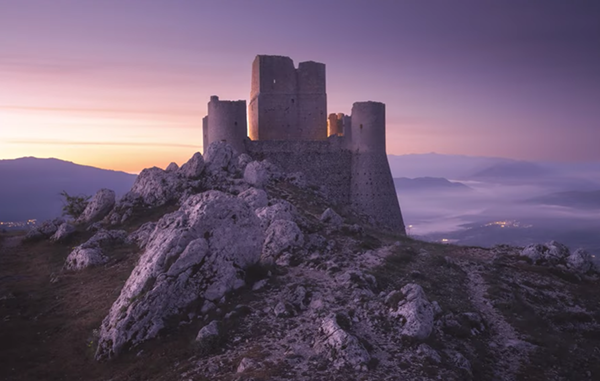F/2.8 Lenses Are Best for Nature Photos Even When Shooting at F/8 or F/11 (VIDEO)
There are numerous reasons why experienced landscape photographers avoid shooting wide open and prefer stopping down the aperture to f/8 or f/11— even if that means bumping up the ISO setting. So why does a German landscape pro advocate for faster glass when he rarely shoots at maximum aperture?
Instructor Christian Irmler spends most of his time capturing beautiful outdoor imagery in his home country of Austria and at the most gorgeous locations throughout Europe. Today’s episode offers a few shooting techniques but is more concerned with choosing the right glass for your next adventure in the field.
Irmler’s point is that faster lenses offer several significant advantages beyond the fact that they gather more light than slower glass at the widest f/stop setting. He admits that f/2.8 lenses are heavier and more costly than their slower counterparts, but he describes multiple reasons why the extra heft and expense is well worth it to him.

One key benefit is that “f/2.8 lenses tend to have much better build quality,” an important consideration when subjecting gear to the rigors of outdoor photography.” An overall boost in image-quality can also be expected, “with a much higher range of usable apertures” for shooting under a wide variety of lighting conditions.
Irmler discusses the important concept of “image diffraction” which describes how images tend to sacrifice sharpness when stopped down—especially if you’re shooting with slow, budget lenses. The point at which diffraction starts to kick in varies from one lens to another, but this fact helps explain why users of budget lenses often express disappointment with image quality at f/16 and beyond.
With the foregoing in mind Irmler recommends testing your lenses to learn how far you can safely stop down and still achieve acceptably sharp and detailed results. Irmler provides a link to an earlier lesson in which he explains exactly how to conduct a simple evaluation so that your don’t push things too far. This information is particularly helpful when shooting without a tripod.

At this point you’re halfway through the video and there’s much more to learn, and Irmler uses his stunning imagery to illustrate the power of his tips. The bottom line is that you have two options to pursue: Either invest in better lenses or follow Irmler’s suggestions for squeezing out every ounce of quality from those you already own.
Irmler’s instructional YouTube channel is a great source of gear information and shooting techniques for everyone who wants to improve their results when capturing photos in the great outdoors.
And don’t miss last week’s tutorial from another accomplished outdoor photographer who demonstrates how not to let bright, sunny days with harsh light ruin your landscape photographs.





